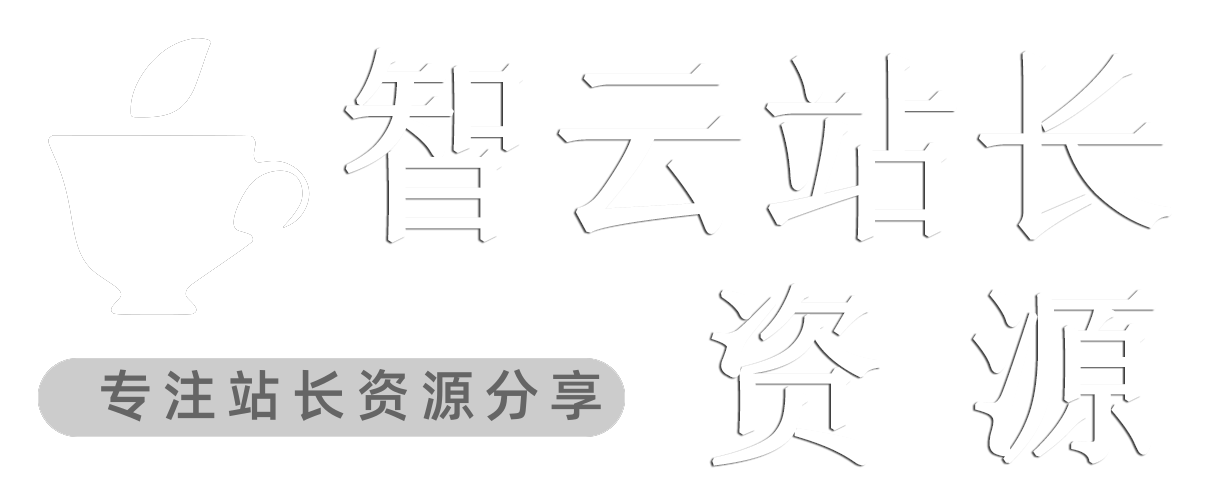web-view | uni-app官网
html页面
<!DOCTYPE html>
<html>
<head>
<meta charset="utf-8" />
<meta name="viewport" content="width=device-width, initial-scale=1">
<title>本地网页</title>
<style type="text/css">
.btn {
display: block;
margin: 20px auto;
padding: 5px;
background-color: #007aff;
border: 0;
color: #ffffff;
height: 40px;
width: 200px;
}
.btn-red {
background-color: #dd524d;
}
.desc {
padding: 10px;
color: #999999;
}
</style>
</head>
<body>
<div id="app">
<div class="btn-red">
nvue传过来的值:{{name}}
</div>
</div>
<p class="desc">网页向应用发送消息。注意:小程序端应用会在此页面后退时接收到消息。</p>
<div class="btn-list">
<button class="btn btn-red" type="button" id="postMessage">postMessage</button>
</div>
<!-- uni 的 SDK -->
<script type="text/javascript" src="https://unpkg.***/@dcloudio/uni-webview-js@0.0.1/index.js"></script>
<!--引入vue -->
<script src="https://cdn.jsdelivr.***/npm/vue@2/dist/vue.js"></script>
<script type="text/javascript">
var app = new Vue({
el: '#app',
data: {
name: ''
},
mounted() {
},
onLoad() {
},
onShow() {
},
methods: {}
})
<!--接收nvue发送的数据 -->
function uniEvent(data) {
console.log(JSON.stringify(data), 'HTML 接受APP发送过来的消息 (APP端)');
app.name = data.name // 赋值
};
<!--向nvue发送数据 -->
document.addEventListener('UniAppJSBridgeReady', function() {
document.querySelector("#postMessage").addEventListener('click', function() {
console.log("点击了------")
uni.postMessage({
data: {
action: 'message'
}
});
})
});
</script>
</body>
</html>nvue页面
<template>
<view class="flex">
<web-view src="/hybrid/html/local.html" style="flex: 1;" @message="getMessage"></web-view>
</view>
</template>
<script>
export default {
data() {
return {
wv: null, // 定义(app)webview对象节点
webV: {}, // 定义(H5)webview对象节点
sendData: [], // 发送数据对象
}
},
onLoad() {
// #ifdef APP-PLUS
const currentWebview = this.$scope
.$getAppWebview(); //此对象相当于html5plus里的plus.webview.currentWebview()。在uni-app里vue页面直接使用plus.webview.currentWebview()无效
//动态重设bounce效果
// #endif
console.log("currentWebview==>", currentWebview)
let info = {
name: 'hello'
}
setTimeout(() => {
this.wv = currentWebview.children()[0]
}, 1000)
setTimeout(() => {
console.log("this.wv==>", this.wv)
this.wv.evalJS(`uniEvent(${JSON.stringify(info)})`);
//currentWebview.evalJS(`uniEvent(${JSON.stringify(info)})`);
}, 1100)
},
methods: {
getMessage(e) {
uni.showModal({
content: JSON.stringify(e.detail),
showCancel: false
})
}
}
}
</script>
<style>
</style>运行截图


